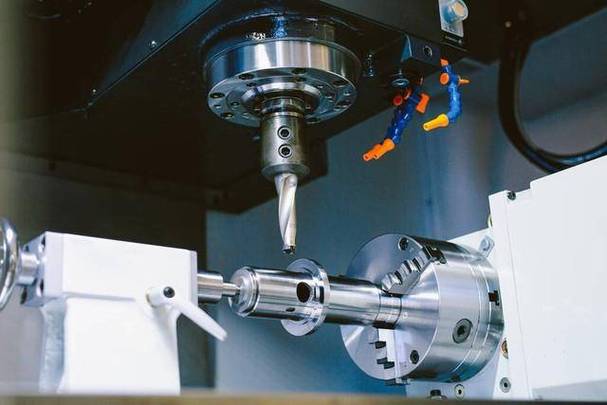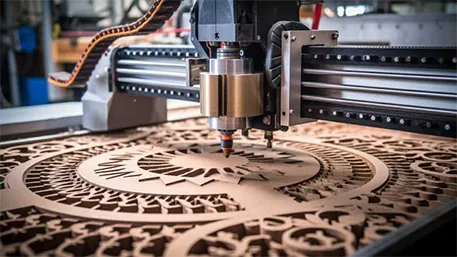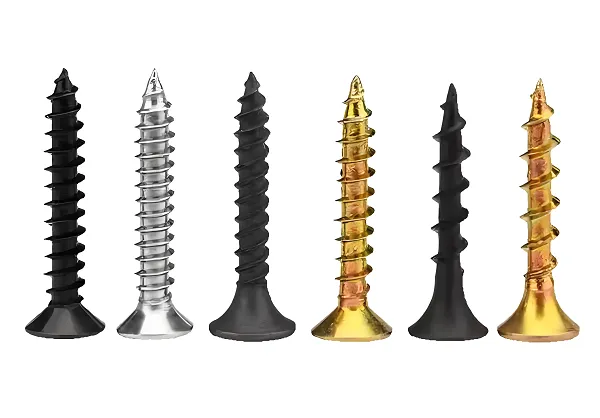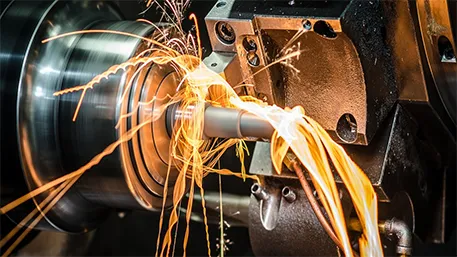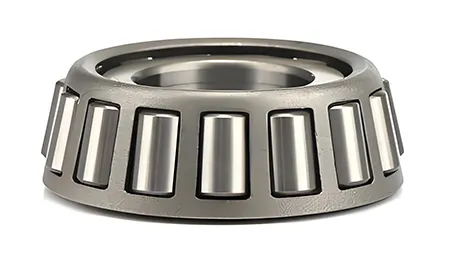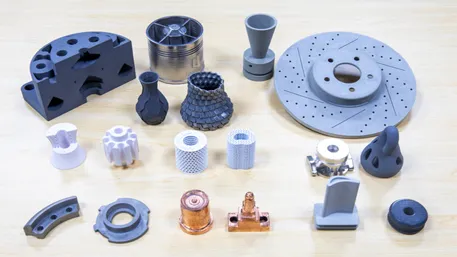The core principle of CNC (Computer Numerical Control) machines is automated, precise control of tool or workpiece movements using preprogrammed digital instructions. This involves converting numerical codes into mechanical motion, guided by real-time feedback to ensure accuracy—eliminating the need for manual intervention in shaping materials.
How do digital instructions drive physical movement?
CNC machines operate on the principle of numerical control, where:
- A program (written in G-code or M-code) defines specific coordinates (X, Y, Z axes) and actions (e.g., spindle speed, feed rate).
- The machine’s controller (a dedicated computer) decodes these instructions into electrical signals.
- These signals activate servomotors or stepper motors, which convert electrical energy into rotational motion.
- Motors drive mechanical components (e.g., lead screws, ball screws) to translate rotation into linear movement of the tool or workpiece along the programmed axes.
For example, a G-code command like G01 X5.0 Y3.0 F100 tells the controller to move the tool to the X=5.0, Y=3.0 position at a feed rate of 100 inches per minute—translating directly into motor movements that achieve this precise location.
How does feedback ensure accuracy?
CNC machines rely on a closed-loop feedback system to maintain precision, a key principle that distinguishes them from basic automated tools:
- Sensors (e.g., encoders, linear scales) measure the actual position, speed, or torque of moving parts during operation.
- This real-time data is sent back to the controller, which compares it to the programmed values.
- If discrepancies are detected (e.g., the tool drifts 0.001 inches off course), the controller adjusts the motor signals to correct the movement.
This “measure-compare-correct” loop ensures the final part matches the digital design within tight tolerances (often ±0.0001 inches).
What role do axes play in the working principle?
CNC machines use multi-axis movement to shape 3D objects, based on the principle of breaking complex shapes into simple linear or rotational motions:
- Basic machines have 3 axes (X, Y for horizontal movement; Z for vertical movement), allowing toolpaths along flat or curved surfaces.
- Advanced models (4-axis, 5-axis) add rotational axes (A, B, C) to tilt the tool or workpiece, enabling access to complex geometries (e.g., undercuts, 3D contours) in a single setup.
By coordinating movement across these axes, the machine follows the programmed toolpath to remove material incrementally, transforming raw stock into the desired part.
How does the controller act as the “brain”?
The CNC controller is central to the working principle, functioning as an intermediary between the program and the machine:
- It interprets the program line by line, prioritizing commands (e.g., stopping spindle rotation before a tool change).
- It calculates intermediate positions for smooth motion (e.g., breaking an arc into tiny linear segments).
- It manages auxiliary functions (coolant, tool changes) to synchronize with cutting operations.
This integration ensures all components—motors, sensors, tools—work in harmony to execute the program efficiently.
Why is this principle superior to manual machining?
Unlike manual machining, which relies on human skill to guide tools, CNC machines apply the principle of programmed precision:
- Movements are based on numerical coordinates, eliminating variability from operator fatigue or skill gaps.
- The closed-loop feedback system corrects errors automatically, ensuring consistency across batches.
- Complex toolpaths are executed exactly as programmed, enabling features (e.g., micro-threads, 3D engravings) that manual methods cannot replicate.
Conclusion
The working principle of CNC machines hinges on digitally controlled, feedback-corrected movement—converting numerical codes into precise mechanical actions to shape materials. By combining programmed instructions, multi-axis coordination, and real-time adjustment, CNC machines deliver accuracy, repeatability, and complexity that redefine modern manufacturing capabilities.
